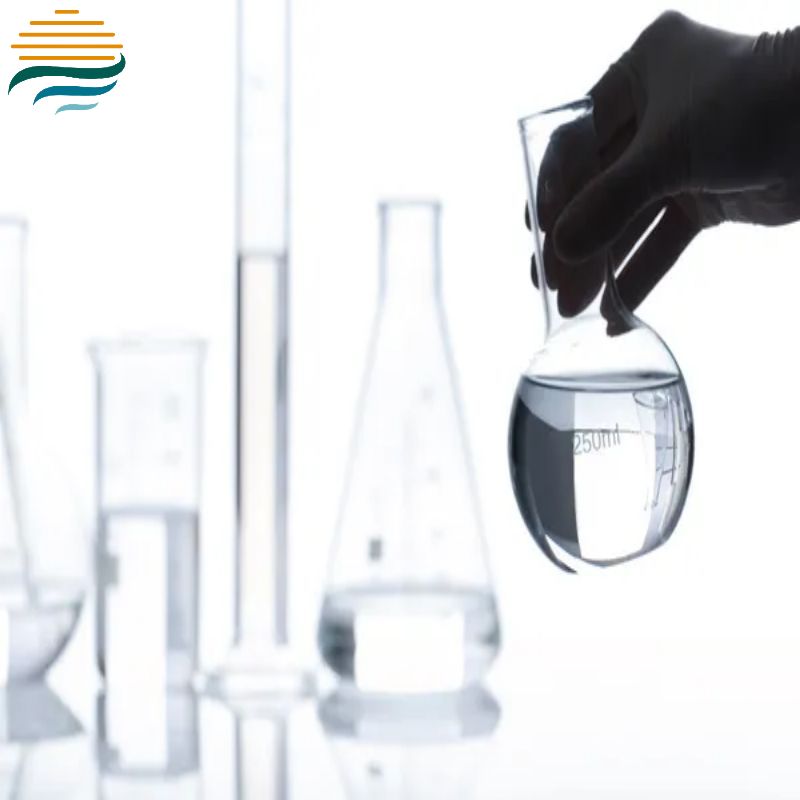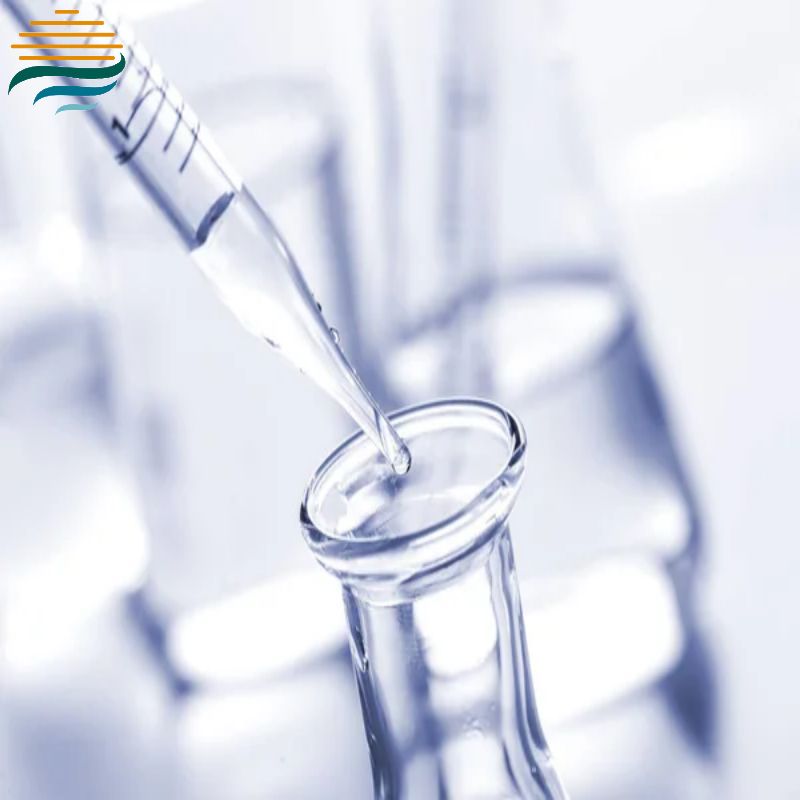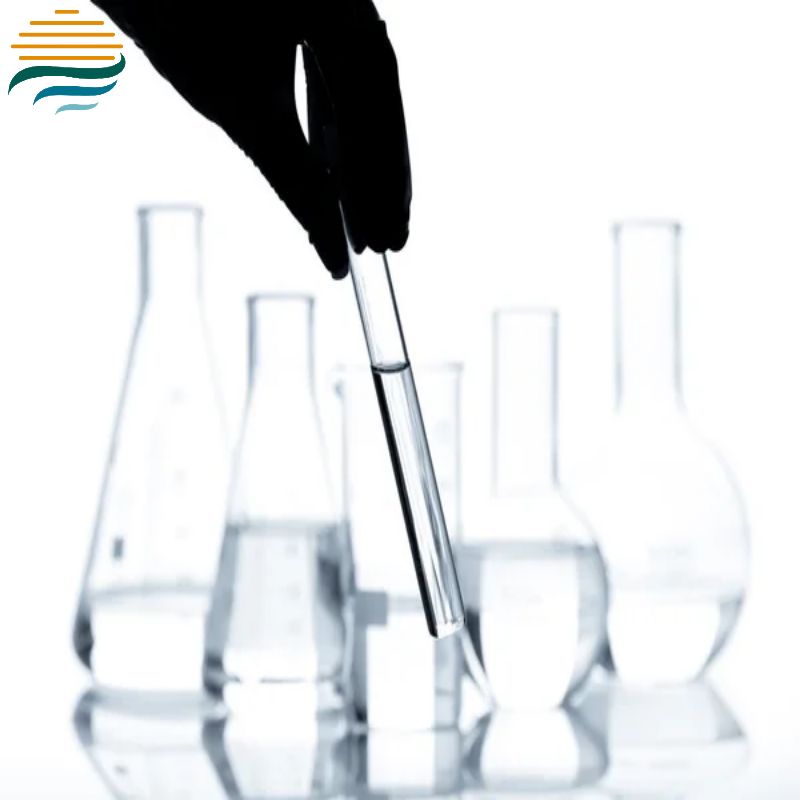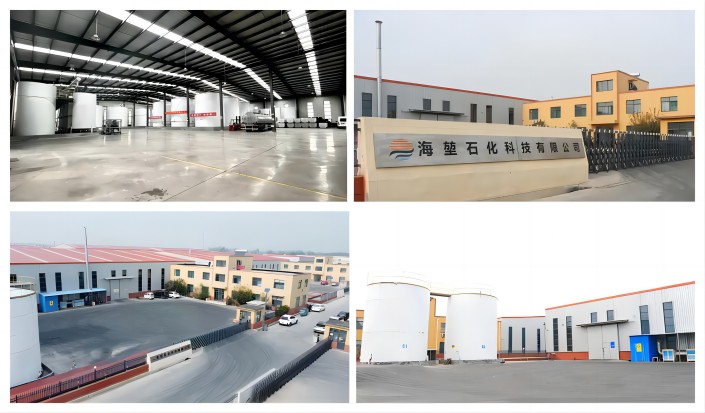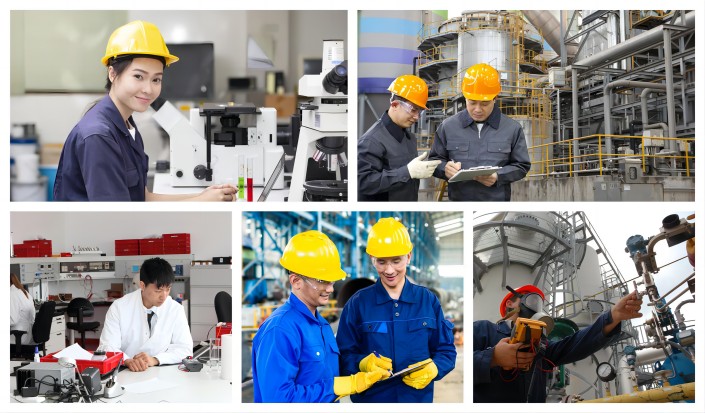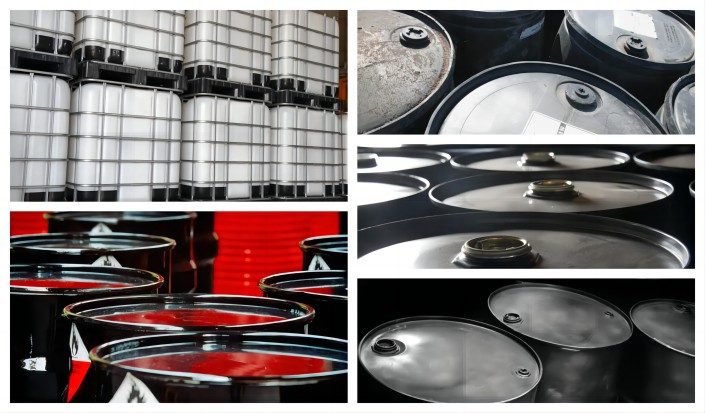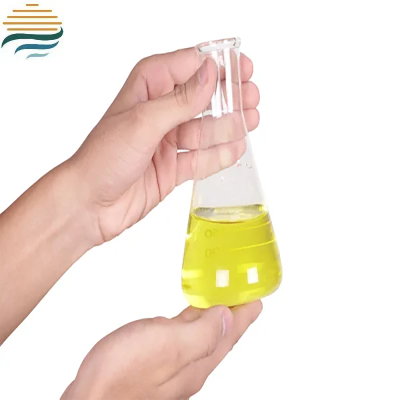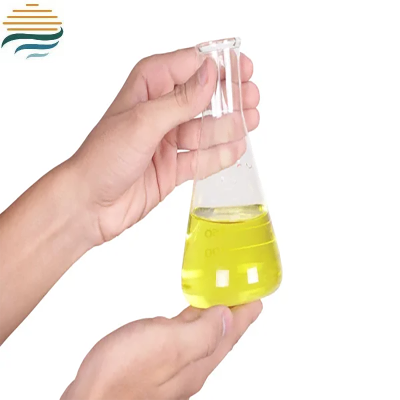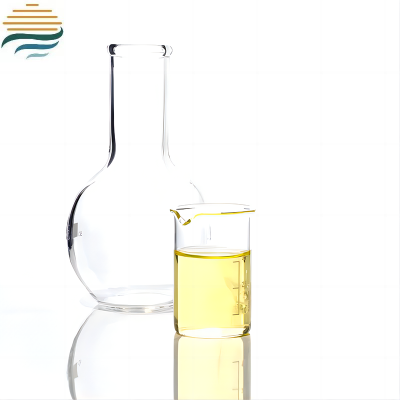Environmentally Friendly Ester-Based Fluid
Transformer oil is generally classified based on its derivation from paraffinbased or naphthenic crude oil. However, due to developments in hydrogenation and reforming processes, paraffinbased crude oil can also produce transformer oil with properties akin to those derived from naphthenic crude oil. In evaluating transformer oil base oils, it is essential to consider not only the conventional physical and chemical properties but also the carbon structure, often referred to as family composition. This concept of carbon structure treats the complex base oil as a singular molecule composed of three structural elements: aromatic rings, naphthenic rings, and alkyl side chains. The Cp value denotes the percentage of carbon atoms present in the alkyl side chain relative to the total carbon atoms in the molecule.
Product Details:Environmentally Friendly Ester-Based Fluid
In the context of transformers, capacitors, and cables, mineral insulating oils derived from naphthenic crude oils should be prioritized. These oils need to demonstrate stability in their physical and chemical properties when exposed to electromagnetic fields and various environmental conditions, which is essential for the safety and reliability of electrical equipment. The refining of insulating oils for electrical equipment should focus on naphthenic hydrocarbons as the foundational components, ensuring the inclusion of a sufficient amount of stable aromatic hydrocarbons while minimizing the removal of paraffinic hydrocarbons, which are susceptible to cleavage due to their long straightchain configuration.
Parameter:
Sports Event | Quality Indicators | Measured value | Test Methods |
Functional characteristics | |||
Pour Point/°C | -50 | -57.5 | ISO 3016 |
Kinematic viscosity (40℃)/(m㎡/s) | ≯12 | 9.52
| ISO 3104 |
Kinematic viscosity (-10°C)/(mm²/s) | ≯1800 | 1028 | ISO 3104 |
Water content/(mg/kg) | ≯30/40 | 9.0 | IEC 60814 |
Breakdown voltage/kV (untreated oil) | ≮30 | 64.5 | IEC 60156 |
Density (20°C)/(g/ml) | ≯895 | 886 | ISO 12185 |
Dielectric loss factor (90°C) | ≯0.005 | 0.0005 | IEC 60247 |
Refining/stabilizing properties | |||
Exterior condition | Clear and transparent, free of sediment and suspension (of atmospheric pollution) | Clear and transparent, free of sediment and suspension (of atmospheric pollution) | Visual assessment |
Acid value (mgKOH/g) | ≯0.01 | 0.0008 | IEC 62021- 1 |
Interfacial tension/(mN/m) | No general requirements | 45.3 | ISO 6295 |
Total sulfur content (mass fraction)/% | No general requirements | No general requirements | ISO 14596 |
Corrosive sulfur | non-corrosive | non-corrosive | DIN 51353 |
Content of antioxidant additives (mass fraction)/percent Oil with antioxidant additives (U) | ≯0.08 | 0.065 | IEC 60666 |
2-Furfural content/(mg/kg) | ≯0.1 | 0.012 | IEC 61198 |
Operational characteristics | |||
Oxidation stability (120°C) Test time: 332h | - | - | - |
--Total acid value (in KOH)/(mg/g) | ≯1.2 | 0.04 | IEC 61125 Act C |
--Oil sludge (mass fraction)/% | ≯0.8 | 0.020 | IEC 61125 Act C |
--Dielectric loss factor (90°C) | ≯0.500 | 0.004 | IEC 60247 |
Gassing/(mm/min) | No general requirements | No general requirements | IEC 60628 |
Health Safety and Environmental Characteristics (HSE) | |||
Flash point (closed)/°C | ≮135 | 148.2 | ISO 2719 |
PCA content (mass fraction)/% | ≯3 | 0.8 | BS 2000 Part 346 |
Polychlorinated biphenyl (PCB) content/(mass fraction)(mg/kg) | undetectable | undetectable | IEC 61619 |
1. Environmental Friendliness of Transformer Oil
Recycling and reuse: Transformer oils can undergo reprocessing using both physical and chemical techniques to eliminate impurities and contaminants, effectively restoring their functionality.
Reclaimed Oil: Oils that have been reprocessed can possess properties comparable to those of new oils, minimizing resource waste and decreasing the demand for new raw materials. Utilizing recycled oil is not only cost-effective but also alleviates environmental pressure.
2. Factors Affecting Service Life
The design life of the transformer is a key factor that influences the lifespan of the transformer oil. Generally, this design life is aligned with the expected service life of the oil. Consequently, within the design life, the transformer oil should adequately meet the operational demands. Environmental factors such as high temperatures, humidity, and pollution can also impact the service life of transformer oil. In unfavorable conditions, the oil's aging process accelerates, resulting in a reduced lifespan.
Own Factory
The company, Haikun, produces transformer oil and other lubricants using advanced tech.
Employees at Working
Laboratory staff at Haikun are highly professional in industrial oil quality assurance. Their efforts guarantee product consistency.
Canned Oil Products
Haikun Petrochemical Technology Co., Ltd. has mature packing techniques for sea - shipped goods. We use 200L steel containers and 20000L flexitanks for safe transportation of transformer oils.
Transportation
Haikun Petrochemical Technology Co., Ltd. has extensive sea - freight experience. We use efficient procedures to send transformer oils to South America, Africa, and Russia.
Enterprise Culture
Deeply convinced that continuous learning is the only means to stay in line with the times, we encourage our employees to stay hungry for learning, actively incorporate new knowledge and skills, and continuously enhance their overall qualities, so as to inject new life into the development of the enterprise.
Customer Testimonials
Transformer oil from Haikun has been a great choice. They respect customers and ensure product quality. The parameters are on point, and the assay is professional. The buying experience was good. - Russia, Kozlov Andrey


